Dear Lewis's: Is Minimalism Racist?
Sometimes, the intersection of race, aesthetics, and fashion can be highly problematic and confoundingly complex. And sometimes it’s not.
DEAR LEWIS’S: I recently saw a TikToker who claimed that minimalism is racist and that it pushes a white supremacist agenda. It sounded like a reach but then the case she made did make a lot of sense. Do you think this applies to fashion?
TABULA RASA
DEAR TABULA RASA: I’ve seen that reel and others that argue a similar case. The gist of their claim is that minimalism—a term that was first coined by the art world in the 1960s and that has since been used to describe extreme simplicity in architecture, design, and fashion—has whitewashed more vibrant, more decorative, and, more specifically, non-European aesthetic traditions. They argue that minimalism is an agent of cultural erasure and that it elevates stark and spare design as “good taste” while demoting ornament and florid design to kitsch. Within this allegedly Eurocentric hierarchy is the implication of racial superiority: whiteness is clean, pure, tasteful, and good, and all other races are garish, unsophisticated, tacky, and bad. At least, that’s my general understanding of their grievance.
Truth be told, it’s not entirely unreasonable.

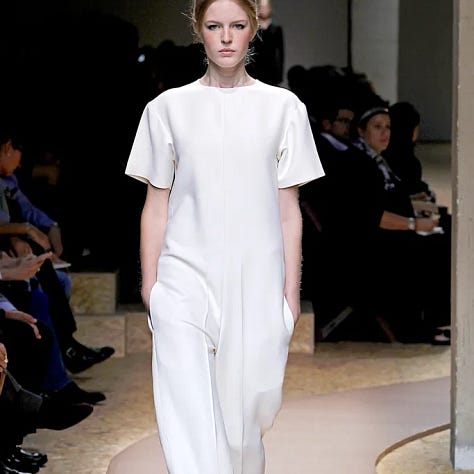
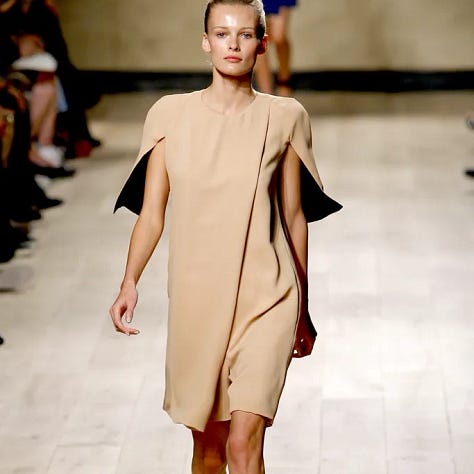
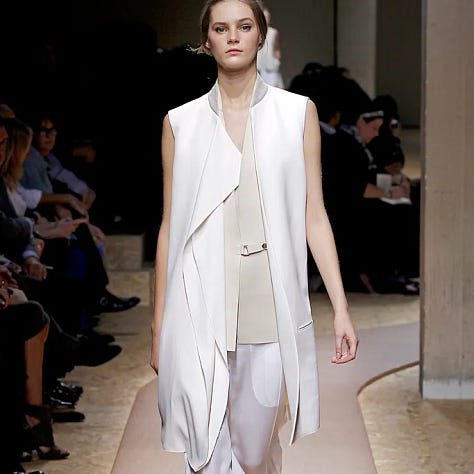

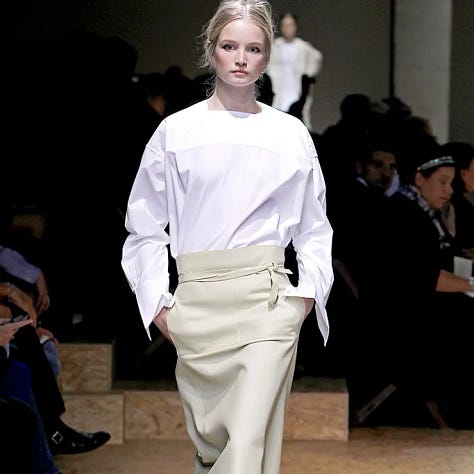
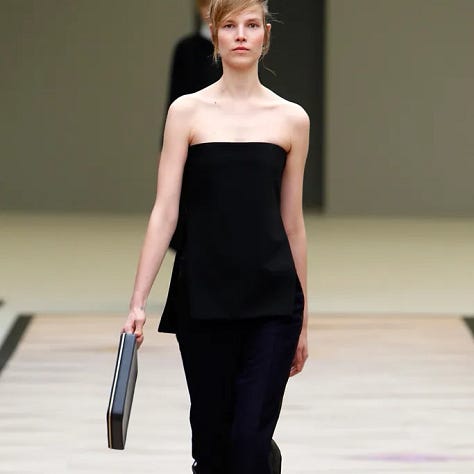

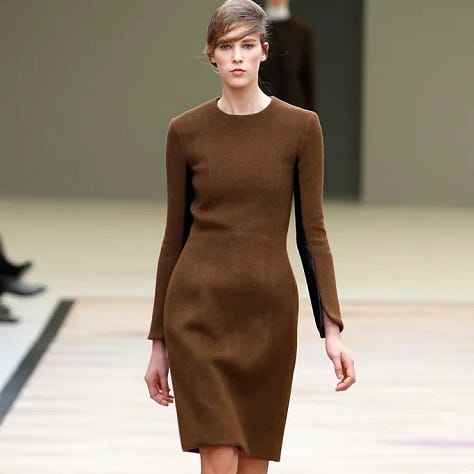
When Jil Sander, the progenitor of ‘90s minimalist fashion, waxes on about purity and then proceeds to cast all-white models for her shows and campaigns, or when Phoebe Philo ushers in a new age of minimalism and then fails to put a single black model on her runway, it raises an eyebrow. A cursory glance at the fashion landscape will readily reveal what might appear to be a correlation between minimalism and whiteness. However, if we look back a bit further to fashion’s master of minimalism, Halston, we see that he frequently championed black women on his runways. And that is to say nothing of his lesser-known contemporary, the black designer Scott Barrie, who is notable for his ingenious and disciplined line, or even Issey Miyake who enthusiastically embraced racial diversity in his shows.
Yet, if we look beyond fashion, we see that the prevalence of modernism throughout the world (of which minimalism is an offshoot) is indeed the result of Western hegemony, which itself is a result of European colonialism and imperialism—both of which have long histories steeped in racism and oppression. Even the term 'modernism' implies that all things that are not modern are backward or uncivilized. Then again, with this same logic, one could argue that all things of European or Western origin, like the automobile, the personal computer, or the Internet, are also racist. And that would be absurd.
We can unpack the claim that minimalism is racist in a much more straightforward way as it is predicated upon two erroneous postulations:
1) The conflation of race and ethnicity and that culture and aesthetics are inextricably linked to the color of one’s skin.
2) That ornament is unique and exclusive to non-white people.
Neither of these are true.
Race is a precarious subject. The word itself summons a whole host of uncomfortable conversations and unflattering histories, which is why the word ‘ethnicity’ is frequently used in its stead. And while race and ethnicity are very similar and often interconnected, their meanings are distinct. Race describes a group of people who share a common ancestry and physical traits, particularly skin color. Ethnicity refers to a group of people who share a common cultural background. Aesthetics is culture and therefore could only be linked to ethnicity, not race. Although, in all fairness, it is easy to confuse the two. For example, the word ‘black’ is used to describe people of African ancestry with a melanin-rich complexion. It is also used to describe the distinct culture and traditions that have emerged from the global African diaspora, particularly within the United States. There is black music, art, and fashion. There is even Black Entertainment Television. But to presume that anyone would prefer one type of art or music over another, or wear one form of fashion over another, or that they might think and behave a certain way because of the color of their skin is racist and dangerously ignorant. For it is on this very falsehood that white supremacists have based their backward ideology.
Who is to say what is a “white” or “black” aesthetic? Embedded within the claim that minimalism is racist is the expectation that one’s skin color predisposes them to favor one aesthetic over another. Correlation is not causation. Prescribing any type of aesthetic preference to race is arbitrary and only serves to reinforce a slew of racist generalizations, prejudices, and stereotypes.
I suppose one possible rebuttal could be that the distinction between race and ethnicity is merely a matter of semantics and that, empirically, the effect is more or less the same: minimalist aesthetics are exclusionary of non-European cultures and the non-white people they belong to. However, this presumes that extreme simplicity is uniquely white or European and that ornament is native only to non-European people. Not only is this severely myopic, it is unequivocally false. A quick survey of Western European folk dress reveals vibrant traditions of ornament, embellishment, embroidery, and pattern as rich and decorative as any other.
Minimalism rejects all ornament equally, be it European (i.e. white) or non-European in origin.
So, to answer the question, “Is minimalism racist?” No. I don’t think it’s possible for an aesthetic sensibility to be racist, although people certainly can be and anything in this world can be co-opted to support their misguided thinking.




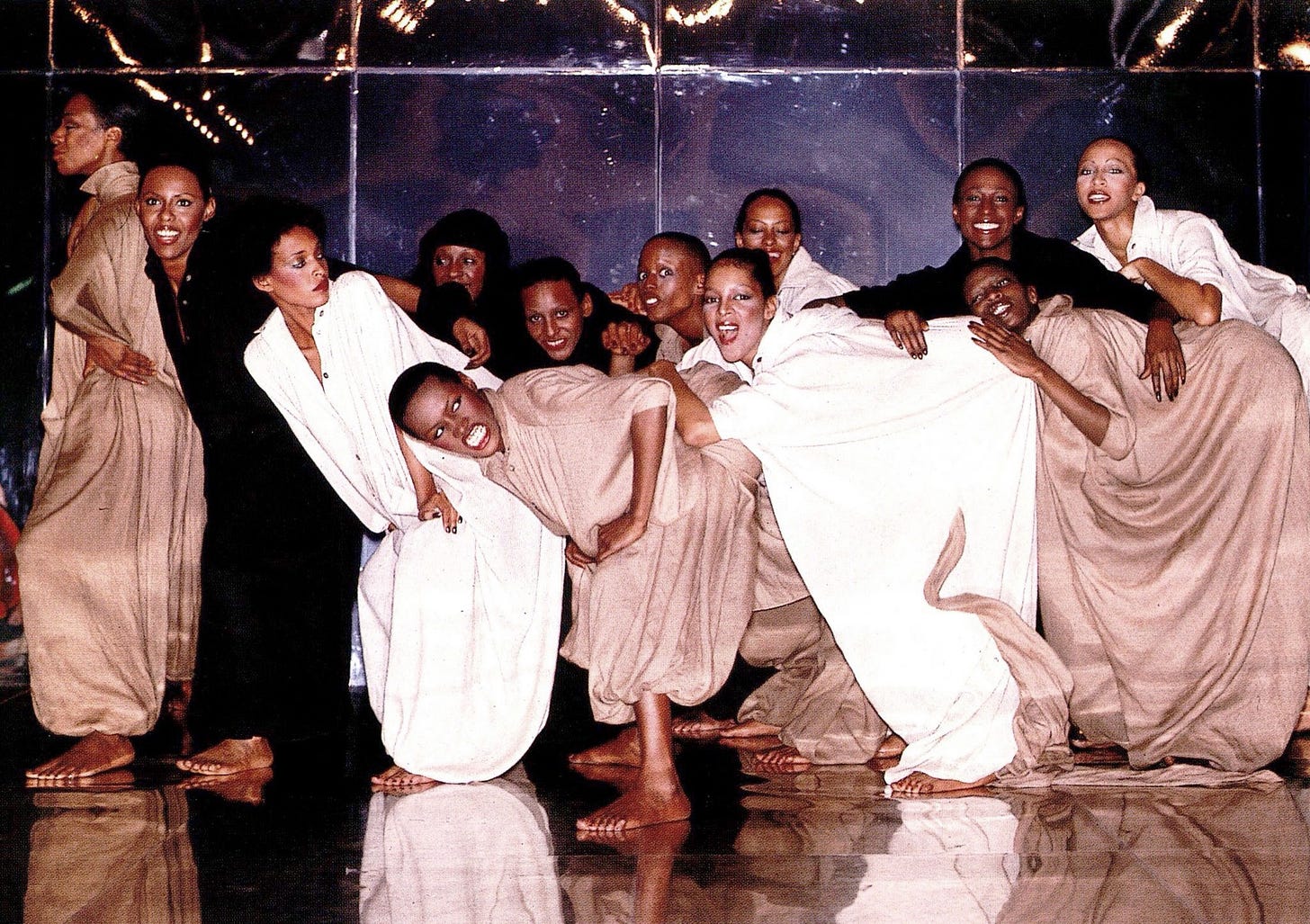
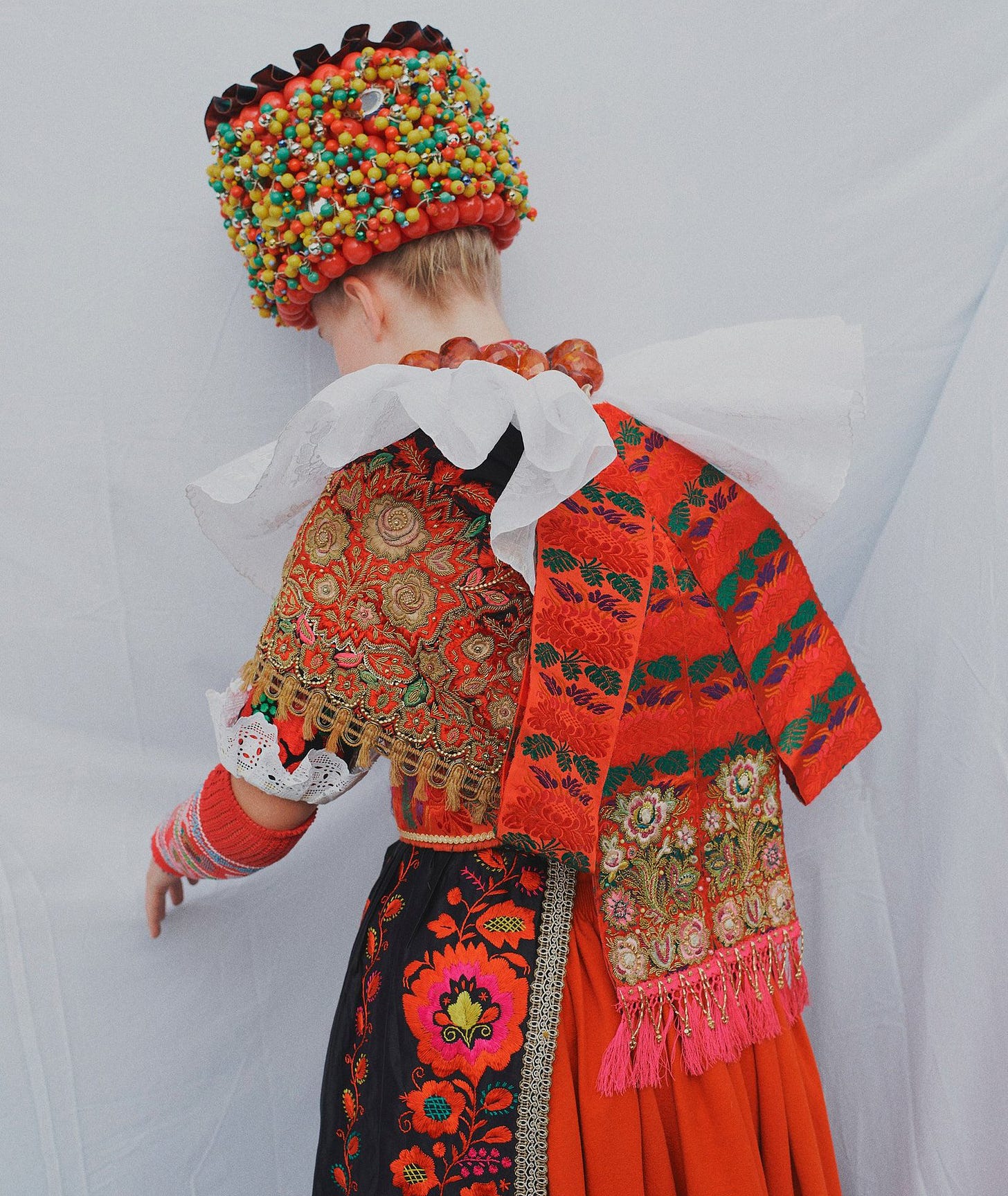
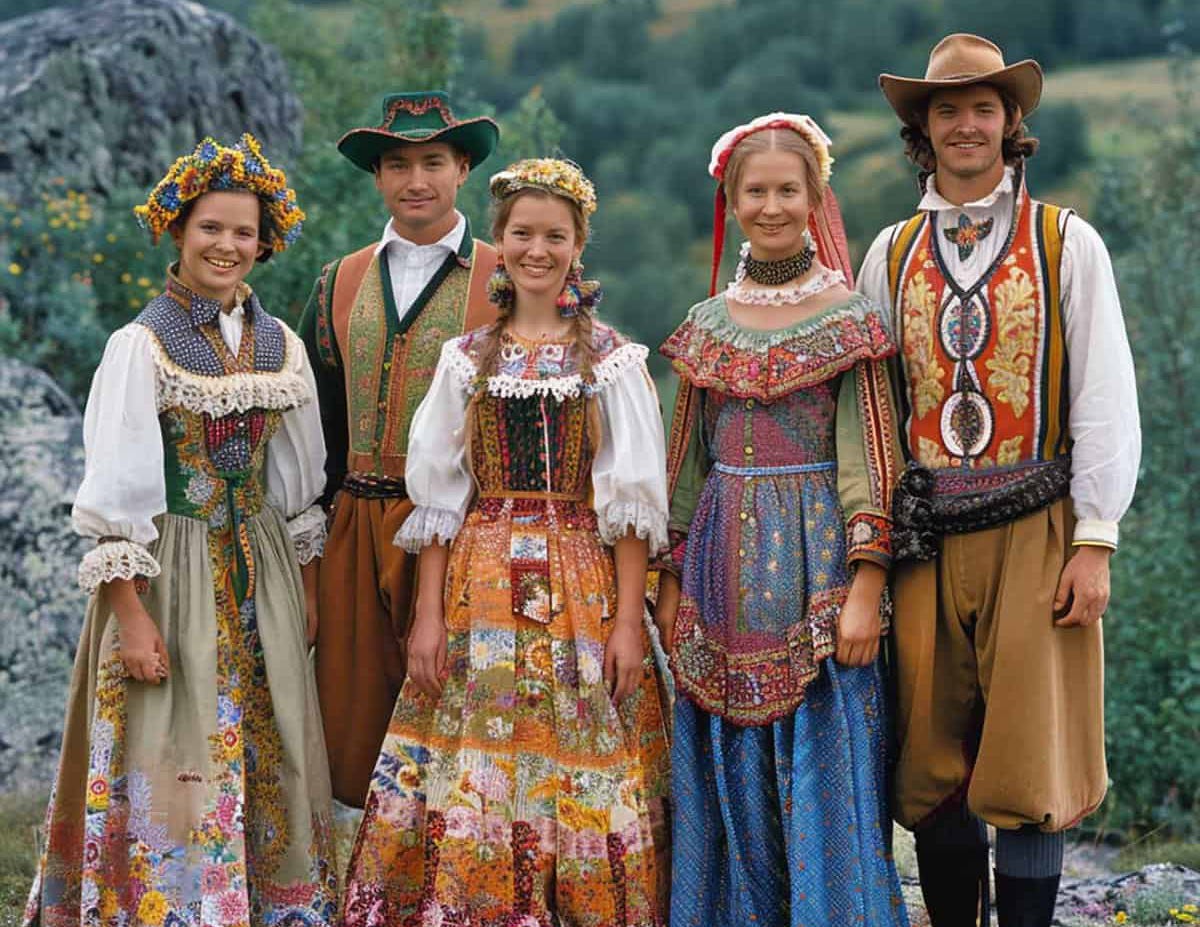

Thank you for the eloquent response.